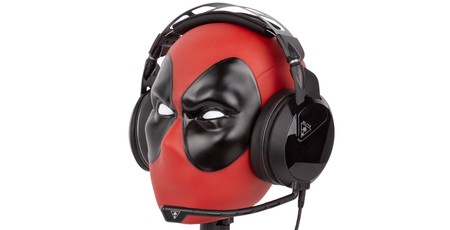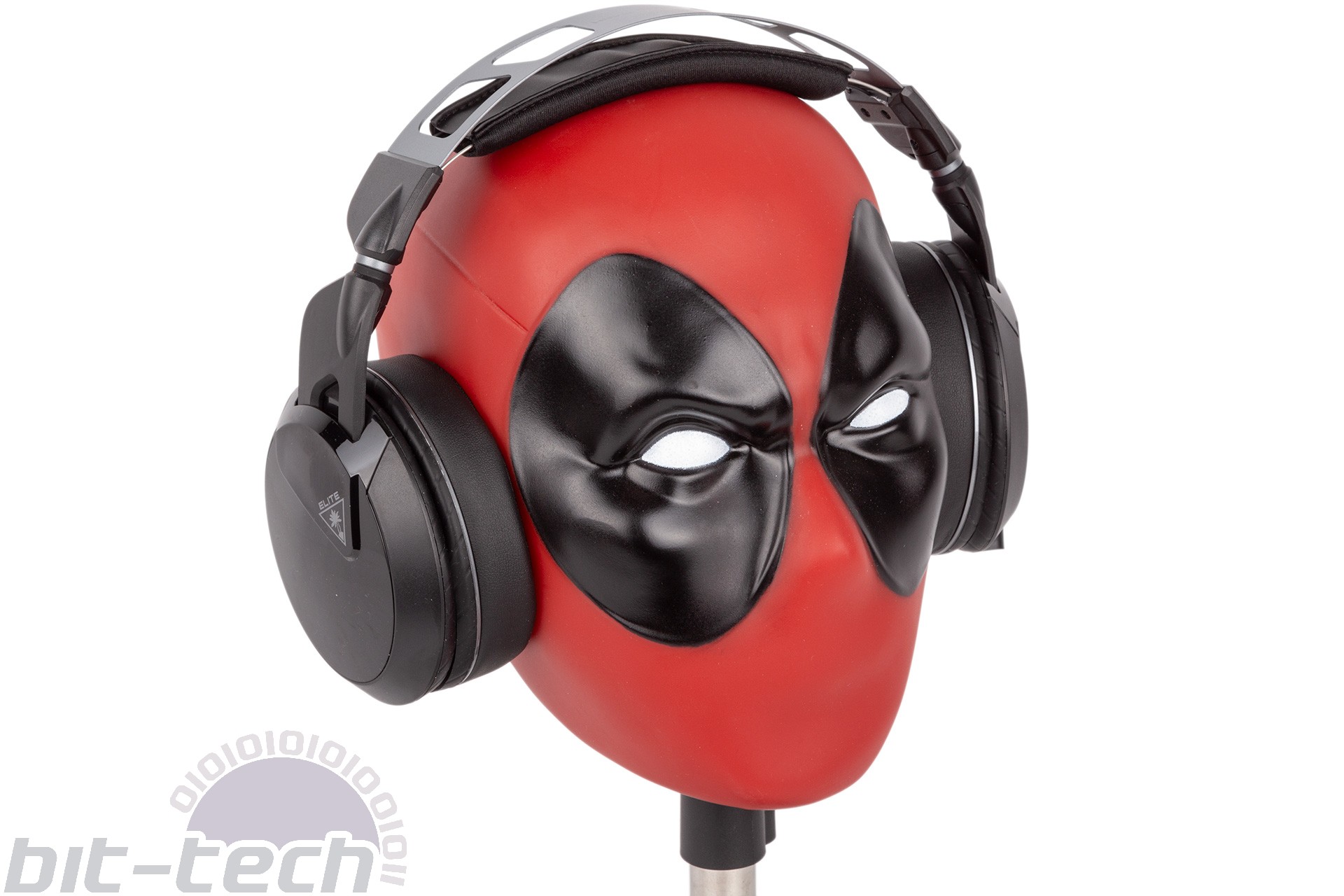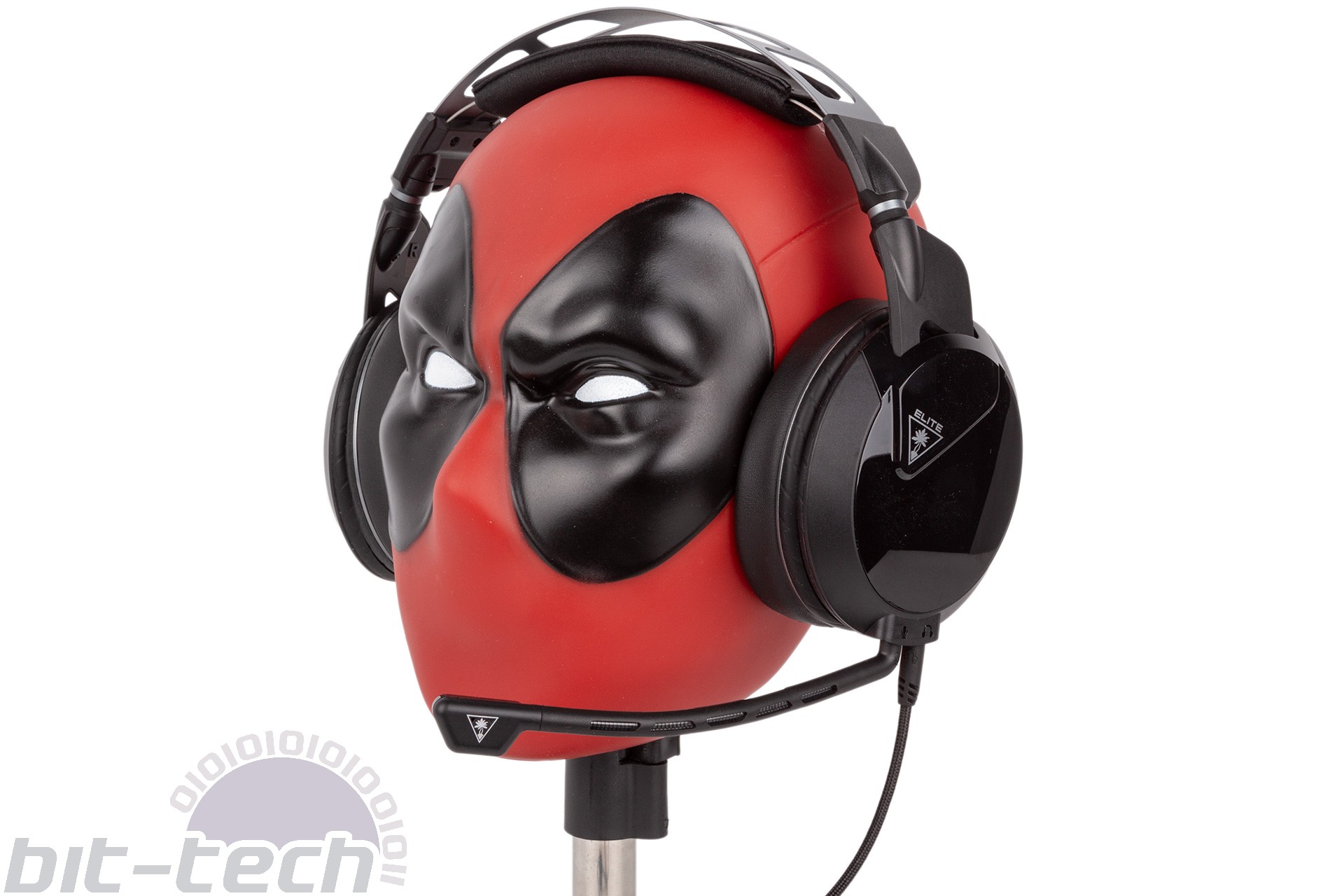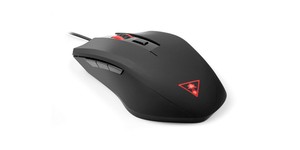
Manufacturer: Turtle Beach
UK price (as reviewed): £84.99 (inc. VAT)
US price (as reviewed): $99.95 (exc. tax)
The Elite Atlas is a bit of a rarity for Turtle Beach in that it’s a PC-focussed headset, though it does also offer compatibility with Xbox One, PS4/PS4 Pro, Nintendo Switch, and mobile devices via its four-pole 3.5mm audio jack. After all, Turtle Beach is well known as a console headset brand, but its recent purchase of PC peripherals specialist Roccat suggests it may be looking to make larger waves in the PC market. That said, the Elite Atlas has nothing to do with Roccat, and is Turtle Beach’s own mid-range offering for the PC market, a position perfectly demonstrated by its name, given that it is the best headset within the Atlas family but the lowest in the line of Elite headsets.

The Elite Atlas is pleasingly sturdy. Much of its strength comes from the exposed metal headband, but the plastic around the earcups is also strong, and even the pivot points are reassuringly tight. I do wish Turtle Beach had opted for matt plastic all over, though, as the glossy stuff on the removable rear section of the earcups cheapens things.

The suspended headband has auto-adjusting properties, but there is additional height adjustment on both earcups that again doesn’t suffer from being too loose. The aforementioned pivot mechanism allows the earcups to fold inwards such that the headset can be “flat” for easier transportation in rucksacks and the like.
I’m also impressed by the headset’s comfort. The various adjustments make it easy to position it on your noggin such that the weight is well distributed around the contact points. The earcups are large and spacious, and the memory foam padding here and on the headband is very comfortable to wear for long periods.

The earcup cushions are particularly clever in their use of multiple materials. The external circumference is covered in leather, which helps lock in bass frequencies and block out external noise, but the inner part that makes contact with your head is a lighter, airier, and more breathable fabric. Full leather (or pleather) coverings can get hot and sweaty over time, but here that isn’t the case, and the headset is better for it.

Even better, the earcup cushions are magnetic and fully detachable, and the reason for this is mainly the patented ProSpecs Glasses Relief System. A small rubber belt-strap is found on the inside, and if you tighten this it enlarges a small channel built into the ear cushion at the appropriate place for the arms of a pair of glasses to slot straight through. Personally, I feign ignorance of my declining eyesight and don’t wear my glasses at all, but after dusting them off and trying them on with this headset I have to admit it’s a real improvement over standard cushions. Anyone who wears glasses permanently will probably love this little feature.

The audio cable is detachable – another positive – and terminates in a four-pole, mobile-compatible 3.5mm jack. An extension cable with separate three-pole jacks (headphone, microphone) is also supplied.

The main cable also has a basic in-line remote, and this is one of the weaker elements of the design. The main problem is the volume wheel, which is accessible from both sides. Therefore, rolling up on one side will turn the volume up, but rolling "up" on the other side will turn it down. It’s pretty annoying, but at least the mic mute switch works and has a little red indicator section painted on. To be honest, though, I prefer designs where onboard controls are integrated into the earcups.
The unidirectional microphone is removable via a standard 3.5mm jack, and the balance of flexibility and rigidity is nicely struck, meaning you can move it into position easily and it’ll stay there once you have. It also feels well built, and features something called TruSpeak Technology, though I couldn’t find any documentation pertaining to what this actually means.
Performance
Turtle Beach deploys 50mm drivers with Neodymium magnets for audio, and the analogue connection means it’s a pure stereo headset with no virtual surround or onboard soundcard. Sound quality is very good overall; the Elite Atlas delivers a wide soundscape with clarity maintained across the range. Music brings with it clean highs and pumping but not distorted lows, though I did note a touch of distortion/rattle when the volume was at maximum. Clustered guitar and drum tracks have individual elements come through without any one area being obviously or artificially inflated relative to the rest, and even sub-bass frequencies sound tight.

This translated to very robust performance in games as well, with individual bullet/footstep details in an FPS being easily distinguishable, and the play environment feeling wide and immersive. The sound response isn’t completely flat, so high-octane battles are delivered with suitable punch, but those who prefer overtly bass-heavy sounds will need to tweak EQ settings a little.

As for the microphone, voice clarity is fairly high, and it does a good job of eliminating background noise. I probably wouldn’t rate this headset more than average or slightly above average in this realm, however.
Conclusion
I’m a fan of this headset. Build quality, comfort, and sound quality all hit the right notes, and additional design tweaks like the multi-material cushion covering, the glasses adjustment system, and the removable cable and microphone all bolster the Elite Atlas’ appeal. Only the in-line remote issue and the continuing presence of the excellent and better-featured HyperX Cloud II, usually available for less money, hold the Elite Atlas back from our top award, but it is definitely a worthy rival to HyperX's headset with plenty of its own unique clout.


MSI MPG Velox 100R Chassis Review
October 14 2021 | 15:04








Want to comment? Please log in.